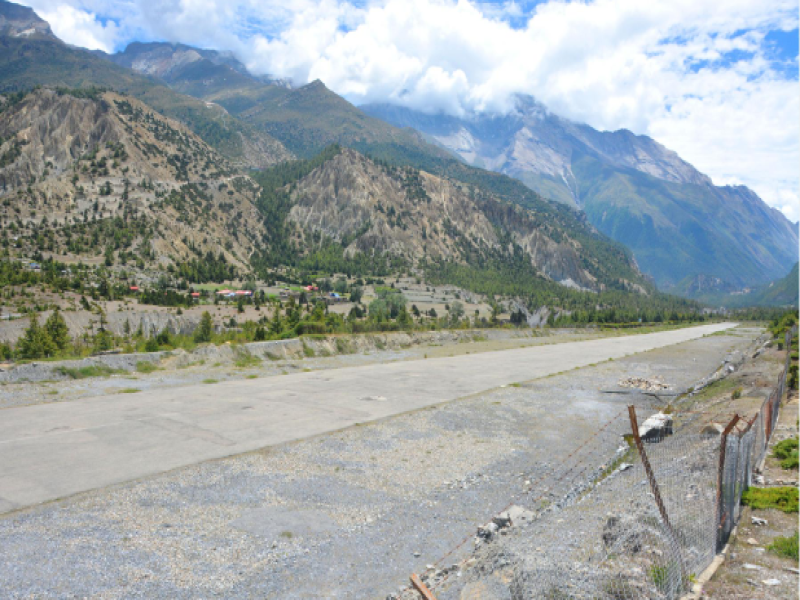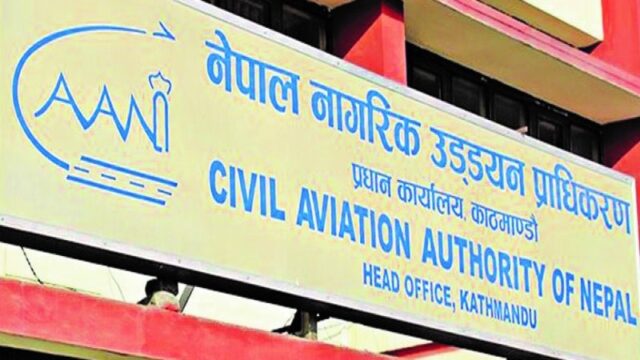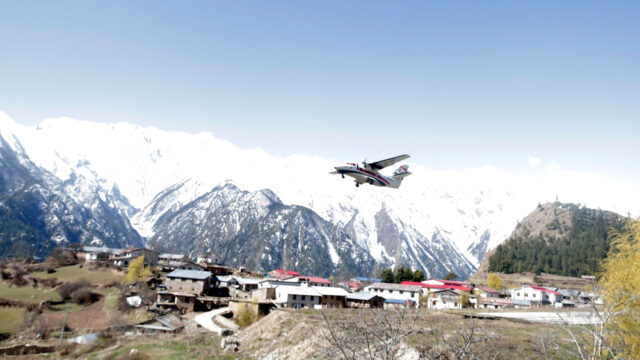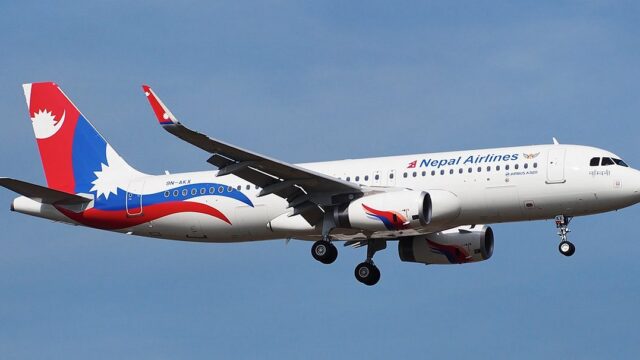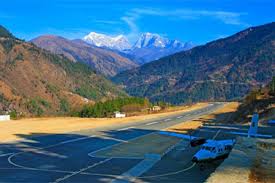Humde Airport, situated in Manang Neshyang Rural Municipality of the trans-Himalayan district of Manang, remains non-operational despite having its runway paved over a decade ago.
The airport, located in a remote and strategically significant region, was developed to enhance connectivity and facilitate travel and transport to and from Manang. The expectation was that the paved runway would lead to regular flights, boosting tourism and providing crucial support for the local economy and residents.
However, even after a decade, the airport has yet to see consistent flight operations. The lack of regular service has been a significant disappointment for the local community, which had anticipated improved access to essential services and greater economic opportunities.
The reasons behind the airport’s continued inactivity are multifaceted. Challenges include inadequate infrastructure beyond the runway, such as terminal facilities and navigation aids, which are essential for safe and efficient airport operations. Additionally, the Himalayan region’s harsh and unpredictable weather conditions pose significant risks and logistical challenges for flight operations.
Efforts have been made at various levels to address these issues, but progress has been slow. Local authorities and stakeholders continue to advocate for necessary improvements and increased government support to realize the airport’s full potential.
The situation at Humde Airport underscores the broader challenges of developing infrastructure in remote and difficult-to-access regions. While the paved runway represents a substantial investment and a critical first step, a comprehensive approach is needed to ensure that such projects fulfill their intended purpose of enhancing connectivity and supporting local development.
